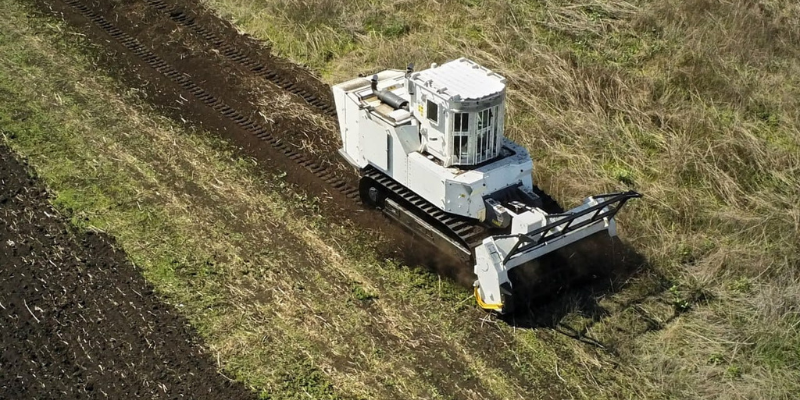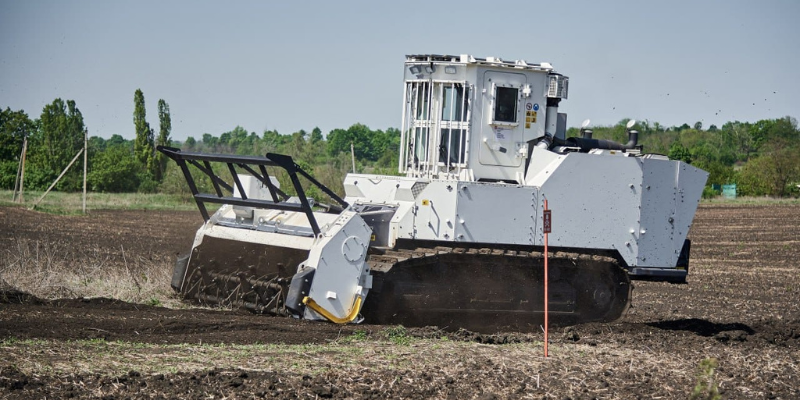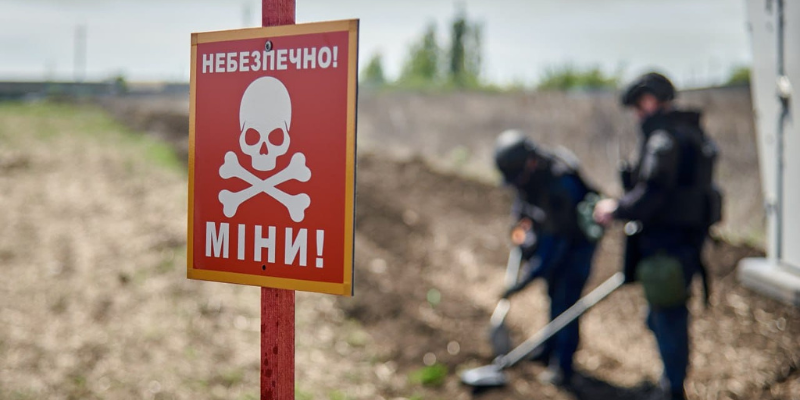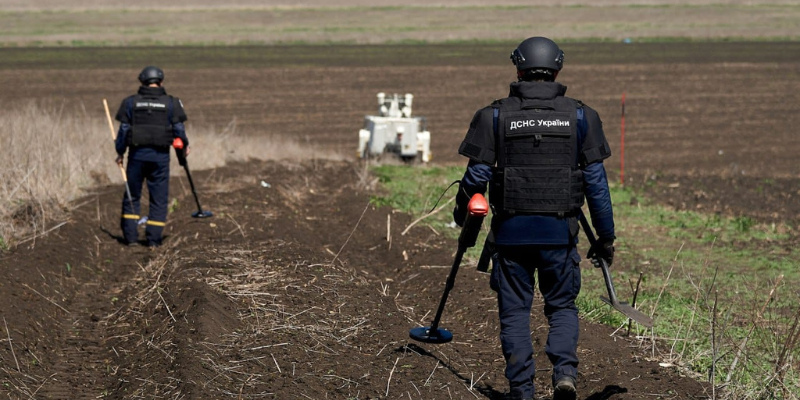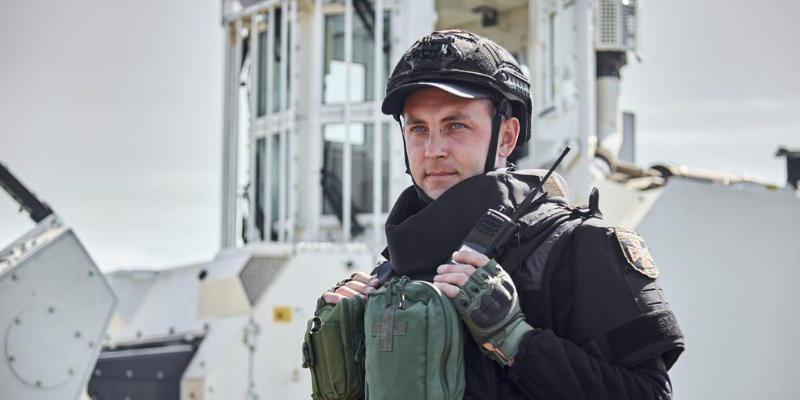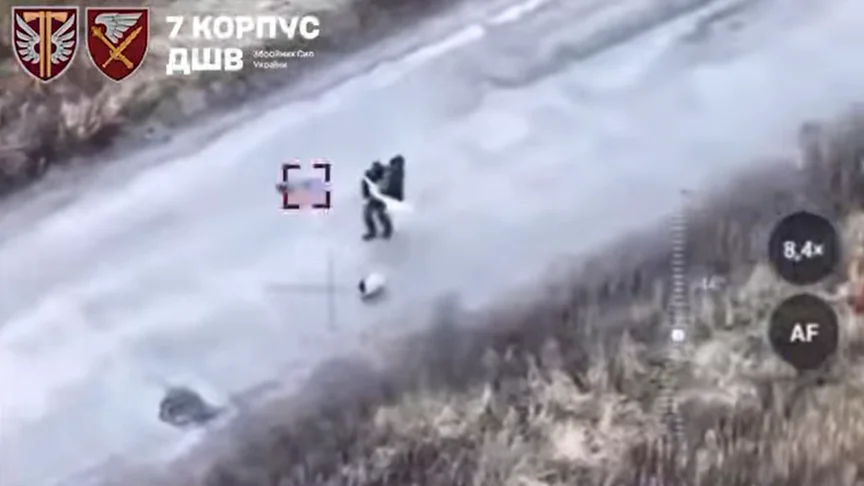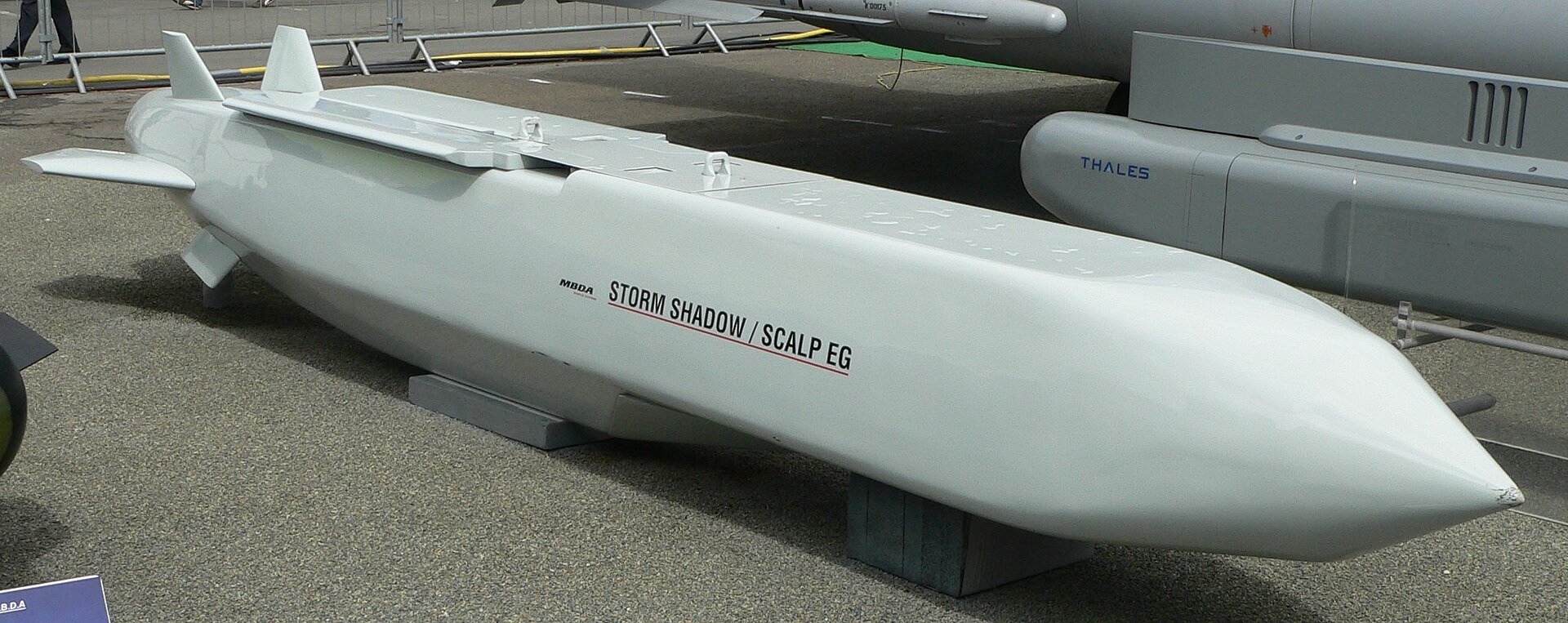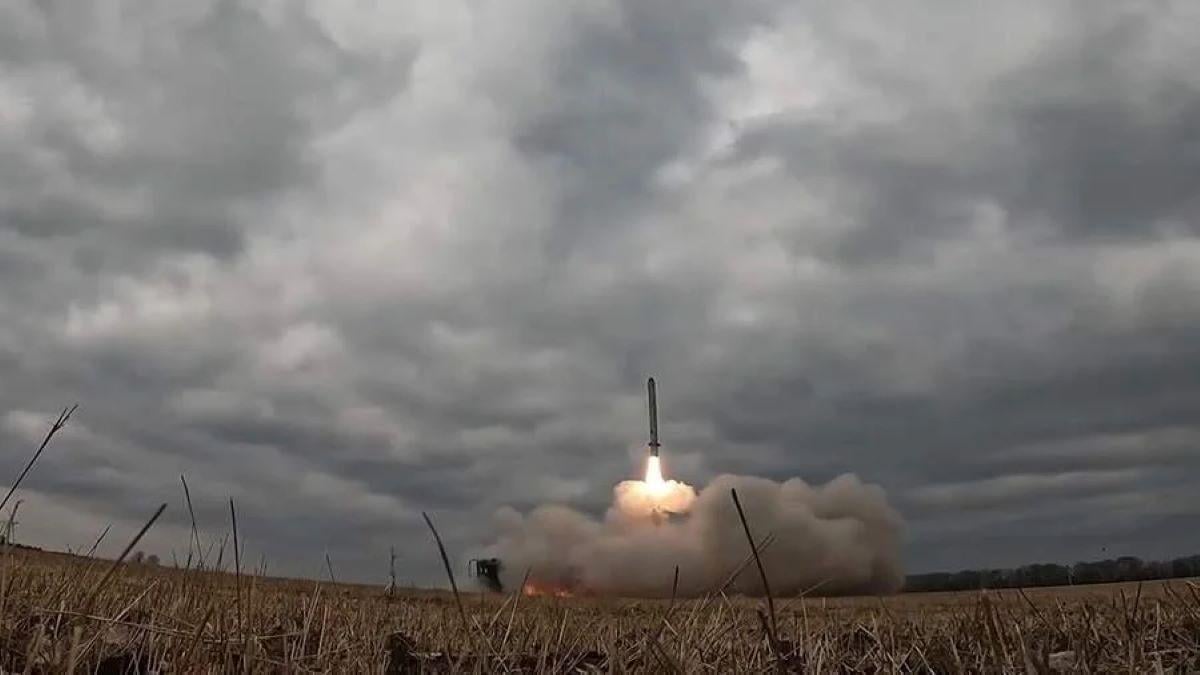Drones of Ukraine's Defence Intelligence attacked oil refineries in Russia
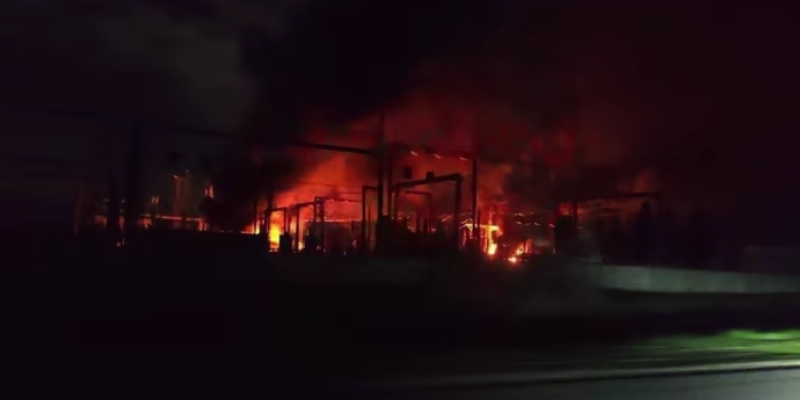
Drones attacked Russia’s Ryazan and Voronezh regions, causing a fire at the Ryazan oil refinery. Witnesses heard a buzzing noise followed by two explosions. The governor of the Ryazan region confirmed the attack and said that one drone was allegedly shot down, although the exact number of drones was not disclosed. An interlocutor of Ukrayinska Pravda in the GUR (Main Intelligence Directorate) claims that the attack on the Ryazan oil refinery was carried out by drones of the Defense Ministry’s Main Intelligence Directorate.
The Main Intelligence Directorate of the Ukrainian Defense Ministry has neither officially confirmed nor denied the intelligence operation but emphasized that oil refineries that supply the Russian military-industrial complex are a legitimate military target for Ukraine. Russian authorities had previously reported drone attacks and a subsequent fire at the Ryazan oil refinery.
SOURCESymbolic number of the Day
Over the past day, 122 combat engagements took place, during which the enemy launched 8 missiles, 61 air strikes and 129 attacks from multiple launch rocket systems. Unfortunately, these attacks resulted in deaths and injuries among the civilian population and damaged civilian infrastructure. Numerous settlements in several regions were shelled by artillery. In some sectors, the enemy maintains a military presence and conducts sabotage activities to impede the deployment of Ukrainian troops. Nevertheless, Ukrainian troops successfully repelled numerous attacks in different directions and inflicted losses on the enemy. Defense forces conducted air strikes on enemy concentrations and destroyed enemy drones.
SOURCEWar in Pictures
The State Emergency Service of Ukraine has released a photo report of the work of Ukrainian sappers. The SES sappers work every day to make people’s lives safer. Mechanized demining machines help them do this. MV 370 Platform is one of the most powerful machines in its class. The equipment can be controlled remotely, which minimizes the risk of mine-blast injuries to the operator. The SES received the vehicle from the charity organization Chemonix, and it is currently operating in Kharkiv Oblast.
SOURCEVideo of the Day
During reconnaissance operations in the Sumy sector, operators of one of the SSO units discovered a Buk anti-aircraft missile system in its launch position. Attack drones struck the enemy target. Another Buk arrived to evacuate the disabled SAM, which our operators struck again. As a result, two Russian anti-aircraft missile systems were destroyed. The Special Operations Forces of the Armed Forces of Ukraine reported this.
SOURCEISW report

Russian forces did not make any confirmed advances in the Avdiivka area on April 30 for the first time in several days, while Ukrainian sources reported that Russian forces conducted several more attacks in the Bakhmut-Chasiv Yar direction than near Avdiivka. The Ukrainian General Staff’s morning and evening reports on April 30 stated that Ukrainian forces repelled a total of 47 Russian attacks in the Avdiivka direction and 57 Russian attacks in the Bakhmut direction throughout the day, notably a much higher number of attacks in the Chasiv Yar direction than Ukrainian sources have recently reported out on.
One day’s worth of reporting is not sufficient to establish a pattern, but it may suggest that Russian forces are somewhat slowing down the rate of attacks around Avdiivka while re-committing to offensive pushes around Chasiv Yar, as ISW recently forecasted they would. Russian forces have focused on building on tactical success near Ocheretyne (northwest of Avdiivka) and Novokalynove (north of Avdiivka) since around April 20, but the rate of confirmed advances appears to have slowed as of April 30. Russian milbloggers claimed that Russian forces advanced 2.7 kilometers wide and 1.52 kilometers deep north of Novokalynove; in southern Keramik (north of Avdiivka); and in an area up to 1.75 kilometers wide and 1.15 kilometers deep northwest of Ocheretyne in the direction of Novooleksandriivka.
Russian milbloggers also claimed that Russian forces advanced west of Semenivka and Berdychi (both northwest of Avdiivka). ISW has not observed visual evidence of any of these claims. Russian milbloggers claimed that Russian forces operating near Ocheretyne are 13 kilometers from the T-0504 (Pokrovsk-Kostyantynivka) highway, which is consistent with ISW‘s assessed Russian advances in the area.
Fighting also continued northwest of Avdiivka near Arkhanhelske, Sokil, and Solovyove west of Avdiivka near Umanske, and southwest of Avdiivka near Netaylove. Ukrainian military observer Kostyantyn Mashovets stated that elements of the Russian 132nd Motorized Rifle Brigade (1st Donetsk People’s Republic Army Corps [DNR AC]) and 35th Motorized Rifle Brigade (41st Combined Arms Army [CAA], Central Military District [CMD]) are operating near Novokalynove and Keramik; elements of the 30th Motorized Rifle Brigade (2nd CAA, CMD) are attacking toward Novooleksandrivka; elements of the 27th Motorized Rifle Division (2nd CAA) are operating near Solovyove, Berdychi, and Semenivka; elements of the 74th Motorized Rifle Brigade (41st CAA) are operating near Berdychi; and elements of the 114th Motorized Rifle Brigade (1st DNR AC) are operating west of Orlivka.
SOURCEWar heroes

Irish volunteer Finbar Cafferkey, with the call sign Ecologist, was killed on April 19, 2023, near the town of Bakhmut in Donetsk Oblast. On that day, he and his fellow fighters Dmytro Petrov and Cooper Andrews volunteered to defend a humanitarian corridor. While performing a combat mission, they ran into an enemy ambush. The fighters were killed in battle with the occupiers.
Originally from the island of Achill in Ireland, Finbar was deeply committed to republican and socialist ideals. In his native County Mayo, he actively protested against constructing the Shell to Seine gas pipeline, viewing it as a means to protect his homeland’s coastline from corporate encroachment. His activism extended beyond Ireland; in 2015, he lent his support to refugees during the European migration crisis on the Greek island of Kos and later at the border between Greece and North Macedonia. In 2017, he journeyed to Syria, where he joined the fray near the city of Raqqa.
Amid the eruption of full-scale war in Ukraine, Finbar resolved to aid Ukrainians in their fight against the occupiers. Initially involved in delivering vehicles and humanitarian assistance to the front lines, he later opted to take up arms against the Russian invaders within the ranks of the International Legion. He possessed a nuanced understanding of the world, transcending superficial contradictions and dilemmas that might paralyze others.
Finbar embodied a blend of insightfulness and decisiveness, imparting wisdom to others on the importance of observation, listening, and learning firsthand. Proficient in navigating complexity, he exuded calm amid chaos, demonstrating competence in challenging circumstances. A loyal friend who prioritized the fight for freedom and love for others, he radiated cheerfulness and kindness, embracing life wholeheartedly in his selfless dedication to Ukraine’s cause.
The defender’s body has not yet been returned home. Finbar is survived by his family, friends and fighters-in-arms.
*Finbar’s story on the Heroes Memorial – a platform for stories about the fallen defenders of Ukraine.
SOURCELatest news
- UK Defence Intelligence on interrogation of senior deputy of Russia’s Defence Minister
- Air Force: Odesa currently seen as key target for Russian strikes
- Baltic States’ presidents encourage holding accession talks with Ukraine as they mark 20th anniversary of their EU membership
- Ukraine’s Air Force spokesperson: F-16 fighter jets expected soon
- Politico: Russia low on fuel after Ukrainian strikes on oil refineries
